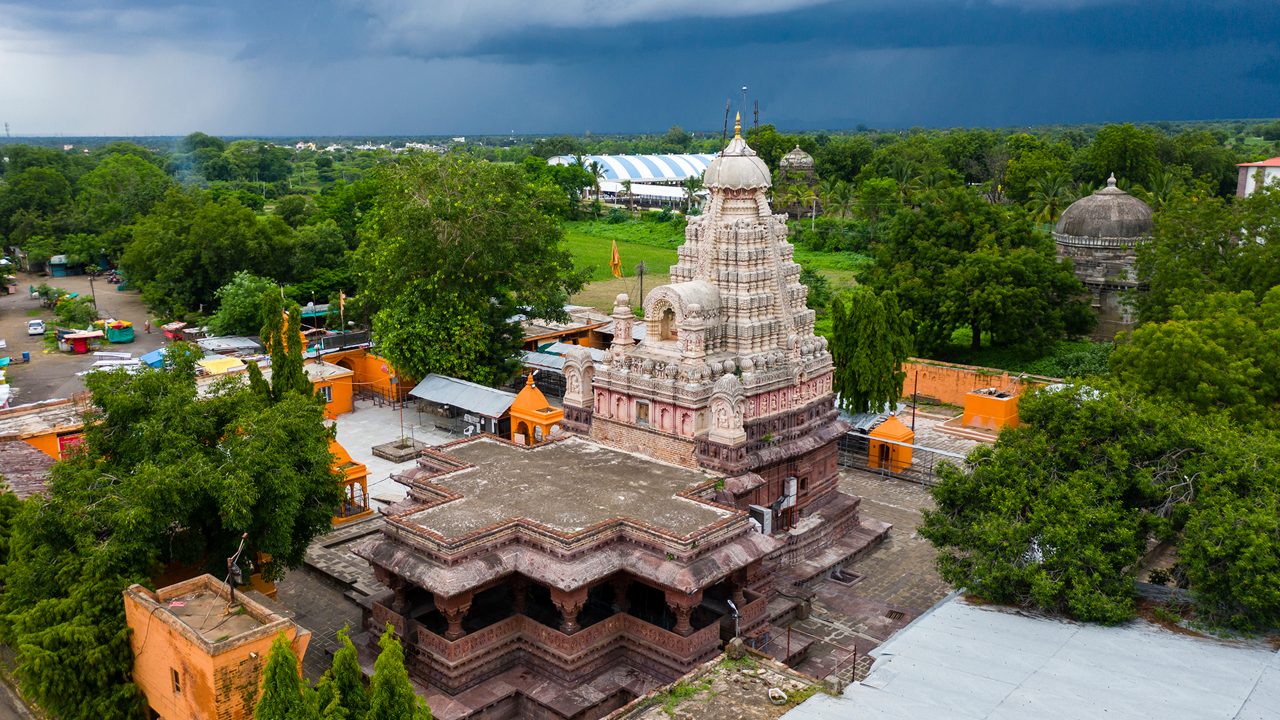FAQ's
Traveler’s Guide: Frequently Asked Questions
Facilitate Divine:
Guide individuals on journeys that bring them closer to the divine, fostering a deeper understanding of themselves and their spiritual path.
Preserve Sacred Traditions:
Uphold and celebrate the timeless rituals, traditions, and teachings associated with the destinations we visit, ensuring their continuity for future generations.
Empower Spiritual Seekers:
Provide spiritual guidance, resources, and insights through experienced leaders and curated itineraries, making each journey transformative and impactful.
FAQ
Frequency Asked Question
The Kailash Mansarovar Yatra is a spiritual pilgrimage to Mount Kailash and Lake Mansarovar, located in the remote region of Tibet. It holds great significance in Hinduism, Buddhism, Jainism, and Bon religions.
The duration of the Yatra can vary, but typically it takes around 15 to 20 days to complete the journey, including travel to and from the starting point and the actual trekking around Mount Kailash.
The best time for the Yatra is generally from May to September when the weather is milder and the routes are more accessible. However, the exact timing may depend on individual preferences and factors such as weather conditions and travel restrictions.
There are several routes for the Yatra, including the Lipulekh Pass route from India, the Nathu La Pass route from Sikkim, and the Simikot-Hilsa route from Nepal. Each route has its own challenges and requirements.
Yes, the Yatra involves trekking at high altitudes, often above 15,000 feet. Pilgrims need to be physically fit and mentally prepared for the challenges of high altitude trekking, including altitude sickness and rough terrain.
Pilgrims need to obtain necessary permits and documents, including passports, visas (for Tibet), and permits from the respective governments (Indian, Chinese, or Nepalese, depending on the route). It’s essential to complete all required paperwork well in advance.
The Yatra is physically demanding, and the high altitudes can pose risks, so it may not be suitable for everyone. However, some routes offer options for helicopter or pony rides to assist elderly or physically challenged pilgrims.
Pilgrims should pack appropriate clothing for cold weather, trekking gear, essential medicines, sunscreen, sunglasses, and personal items. It’s essential to travel light but carry all necessary supplies for the journey.
While the Kailash Parikrama (circumambulation of Mount Kailash) is considered highly auspicious, it’s not mandatory. Pilgrims can choose to undertake the Parikrama or visit Lake Mansarovar and perform rituals there.
Pilgrims can book the Yatra through authorized travel agencies or tour operators who specialize in organizing Kailash Mansarovar Yatra tours. It’s essential to choose a reputable agency with experience in handling such pilgrimages.






Why Choose
Amogh Yatra ?!
We are your spiritual partners, devoted to making your pilgrimage an experience of a lifetime. Whether it’s the serene Kailash Mansarovar Yatra, the timeless 12 Jyotirlinga pilgrimage, or the divine path to Muktinath, we are here to guide you every step of the way.
- Devotion: Every journey is rooted in sincere devotion and respect for the sacred sites and traditions we explore.
- Integrity: We are committed to honesty, transparency, and ethical practices in every aspect of our services.
- Community: Building a community of like-minded individuals who share a passion for spirituality is at the heart of our mission.
- Excellence: From planning to execution, we strive for excellence in delivering safe, comfortable, and enriching experiences.
